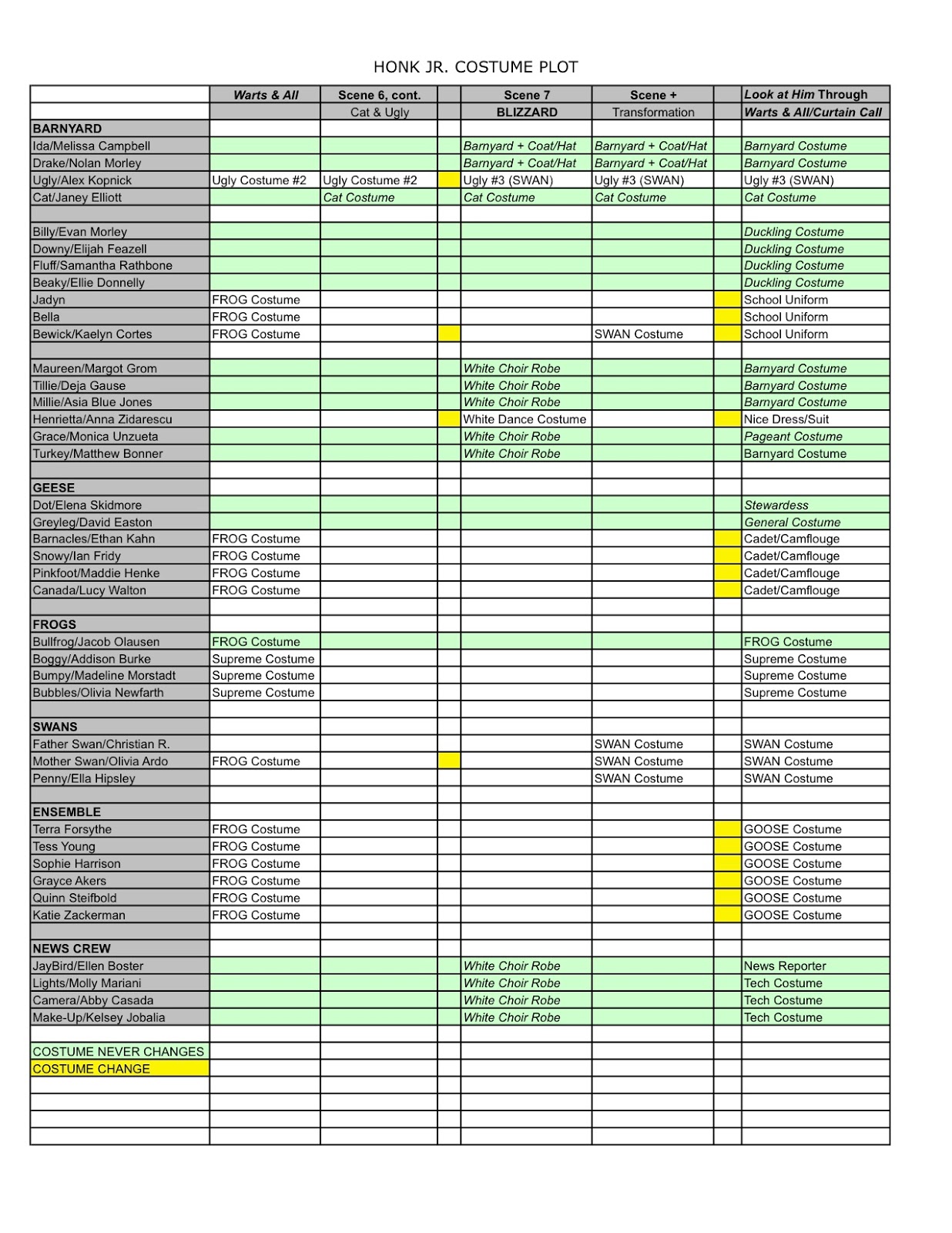

King of Bhutan in traditional dress and Bhutanese Women in traditional dress Etymology Ĭostume comes from the same Italian word, inherited via French, which means fashion or custom. When made for commercial sale it was made, as late as the beginning of the 20th century, by "costumiers", often women who ran businesses that met the demand for complicated or intimate female costume, including millinery and corsetry. This general usage has gradually been replaced by the terms "dress", "attire", "robes" or "wear" and usage of "costume" has become more limited to unusual or out-of-date clothing and to attire intended to evoke a change in identity, such as theatrical, Halloween, and mascot costumes.īefore the advent of ready-to-wear apparel, clothing was made by hand. "But sable is worn more in carriages, lined with real lace over ivory satin, and worn over some smart costume suitable for an afternoon reception." A Woman's Letter from London (23 November 1899). Appropriate and acceptable costume is subject to changes in fashion and local cultural norms.


The term also was traditionally used to describe typical appropriate clothing for certain activities, such as riding costume, swimming costume, dance costume, and evening costume. In short costume is a cultural visual of the people. For the Finnish magazine, see Costume (magazine).Ĭostume is the distinctive style of dress or cosmetic of an individual or group that reflects class, gender, profession, ethnicity, nationality, activity or epoch.


 0 kommentar(er)
0 kommentar(er)
